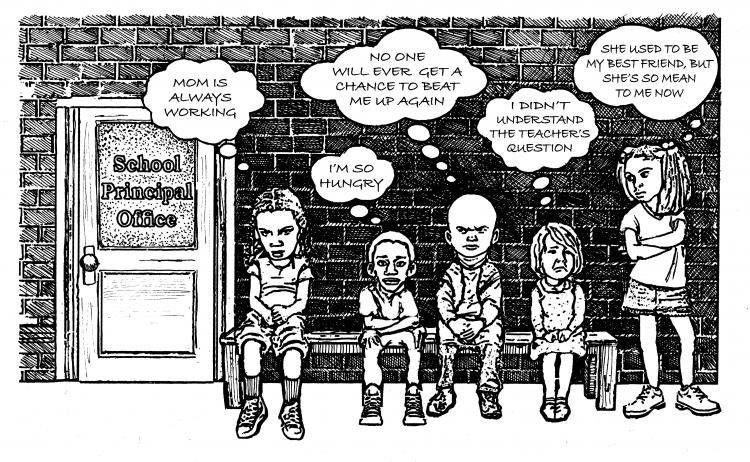There is a vast arsenal of opinions, philosophical musings, and tangible examples on individual action that leads to successful organizing. The history of community organizing, as well as its theoretical underpinnings, are exceedingly well documented from the perspectives of the organizers. Methods and ideologies differ, from Saul Alinsky’s charismatic figurehead to Ella Baker’s quiet guidance, although ultimately these examples are part of the great canon of resources that can inform someone looking to serve as a source of guidance. Representation that seems to be lacking, however, is that of the community members. Any community organizing efforts, whether deemed successful or not, are much more than their publicly recognized leaders. Despite these resources possessing a heavy emphasis on community organizing leadership, the lens through which a reader experiences them can be flipped to examine what lies beneath: statements about community participation.
The Charismatic Leader
To Alinsky, “radicals must have a degree of control over the flow of events” (Alinsky, 1971, p. 7). When he mentions “radicals” in his writing, Alinsky is referring to the movement leadership, those who see it as their duty to lead a movement. In saying that these “radicals” must have control over the flow of events, he implies that the organization membership inherently does not have control over the sequence of events. Thus, community members of an Alinsky-type organizing structure are not expected to participate in determining the direction of the movement. Alinsky also did not expect organization members to analyze the movement and use their intelligence to progress it. In this style of organizational leadership, it is important to recognize that “each person or bloc has a hierarchy of values” (Alinsky, 1971, p. 76). Alinsky sees a successfully organized community as having wide, far-reaching, and numerous membership.
The Quiet Mentor
Not only did Baker expect her organization members to care deeply about their cause, she also expected them to be able to think for themselves within the context of the movement. She staunchly believed that “freedom requires that people be able to analyze their own social position and understand their collective ability to do something about it without relying on leaders” (as cited in Payne, 1989, p. 893). Further levelling the organization’s leadership, Baker expected members to develop advanced critical thinking skills, along with the ability to contextualize action within a larger goal-oriented framework. This expectation of a community’s members to contribute to the collective direction of the movement with their own individual thinking relates to an earlier theory about “social evolution” taken from John Dewey’s later works. Dewey uses the term “social evolution” to describe the process of changing societal norms and standards. As Dewey (1925) states, the idea that social progress “has been either from collectivism or individualism or the reverse is sheer superstition” (p. 356). “It has consisted in a continuous re-distribution of social integrations on the one hand and of capacities and energies of individuals on the other” (Dewey, 1925, p. 356). Just as Dewey envisions the progressive citizen as an individual actor within a larger social context, Baker envisions her organization members as free thinkers who use their analytical skills to progress their movement.
Turning the focus to the community
Leadership of a community organizing effort is extremely important, as strong and intentional leadership carries the keys to a progressive future, however, movements must also be conscious of what they are placing on their membership. Miscommunication of expectations and boundaries has the potential to cause irreparable damage to the momentum and cohesion of a movement. Ultimately, a leader can never lose sight of the most important part of their community organizing effort: the community.
